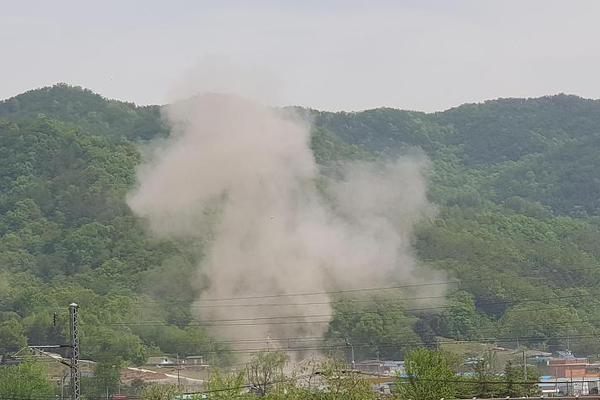
1. The functions of the engine lubrication system mainly include lubrication, cooling, cleaning, sealing and rust prevention. Lubrication: The oil can form oil film contact between the moving parts, reduce frictional resistance and power loss, and reduce the wear of the machine parts.
2. The function of the engine lubrication system: oil film contact can be formed between the moving parts. ColdHowever, the function uses the fluidity of the oil, the cleaning function uses the circulating oil, and the sealing function uses the viscosity and anti-rust function of the oil. In addition, it also has vibration absorption function.
3. The function of the engine lubrication system must be to lubricate the machine parts first, but it can also play some other roles: lubrication. Under various working conditions of the engine, the oil can reduce the friction of the engine parts, slow down the wear, and prevent dry grinding of the internal parts of the engine. Cleaning effect.
1. Anti-rust and anti-corrosion - a protective film can be formed on the metal surface to prevent acidic and harmful substances from entering. 6) Vibration damper - to prevent damage caused by excessive impact. 7) Force transmission - Modern new car solenoid valves use lubricating oil to transfer pressure to control the valve opening.
2. Lubrication. Under various working conditions of the engine, the oil can reduce the friction of the engine parts, slow down the wear, and prevent dry grinding of the internal parts of the engine. Cleaning effect.
3. The functions of the engine lubrication system mainly include lubrication, cooling, cleaning, sealing and rust prevention. Lubrication: The oil can form oil film contact between the moving parts, reduce frictional resistance and power loss, and reduce the wear of the machine parts.
4. The functions of the automobile engine lubrication system are as follows: lubrication: the oil can form oil film contact between the moving parts to reduce frictional resistance and power loss and reduce the wear of the machine parts. Cooling effect: Use the fluidity of the oil to take away part of the heat of the engine parts to prevent the parts from being burned due to excessive temperature.
1. The main components of the engine lubrication system include oil pump, pressure regulating valve, oil filter, oil filter, oil radiator, oil pressure sensor, nozzle, oil Road, crankcase ventilation filter, etc.
2. The second is the semi-dry lubrication system, which provides lubrication by keeping part of the lubricating oil in the bottom oil pool. The semi-dry system is more stable than the dry system and can provide better lubrication and cooling performance. However, due to the need to place oil pumps, oil pans and other devices in the upper part of the engine, the cost is high.
3. The components of the engine lubrication system are mainly organic oil pumps, pressure regulating valves and oil.Collection filter, oil filter, oil radiator, oil pressure sensor, nozzle, oil channel, crankcase ventilation filter, etc.
4. The lubrication system generally adopts three lubrication methods: pressure lubrication, splash lubrication and regular lubrication. Generally, pressure lubrication is used in the parts where the force is relatively high and the relative movement speed is relatively high. Such as crankshaft main bearings, connecting rod bearings and wheelshaft bearings, etc.

Function of engine lubrication system: When the lubrication function engine is running, the oil film can be formed between the relative moving parts to reduce the friction coefficient, Reduce friction loss and surface wear, and improve the effective power of the engine, so as to ensure the service life of the parts.
The main components of the engine lubrication system are as follows: oil pump: the function is to increase the oil pressure and ensure the continuous circulation of oil in the lubrication system. At present, there are two widely used oil pumps: external megging oil pumps and internal megging oil pumps. Among them, gear oil pump and rotary oil pump are two commonly used oil pump types.
The role of the gasoline engine lubrication system is in each of the engine.A layer of oil film is formed between the moving parts to reduce friction and wear and ensure the normal operation of the engine.
The lubrication system of the engine consists of oil span, collector filter, oil pump, oil filter, oil pipe and conveying oil channel processed on the engine body. The lubrication system plays the role of lubricating the moving parts of the engine, cooling, cleaning, sealing and rust prevention.
The components of the engine lubrication system are: oil pump, pressure regulating valve, oil collector filter, oil filter, oil radiator, oil pressure sensor, nozzle, oil channel, crankcase ventilation filter.
The engine lubrication system consists of oil pump and pressure regulating valve, oil collector filter, oil filter, oil radiator, oil pressure sensor, nozzle, oil channel, crankcase ventilation filter.
[Pacific Automobile Network] The components of the engine lubrication system are mainly organic oil pump, pressure regulating valve, oil collector filter, oil filter, oil radiator, oil pressure sensor, nozzle, oil channel, crankcase ventilation filter, etc.
Components of the engine lubrication system: The engine lubrication system consists of three major parts: oil supply device: organic oil pump, oil channel, oil pipe, pressure limiting valve, etc., which can make the oil flow in the circulation system at a certain pressure and flow rate.
Import export cost optimization-APP, download it now, new users will receive a novice gift pack.
1. The functions of the engine lubrication system mainly include lubrication, cooling, cleaning, sealing and rust prevention. Lubrication: The oil can form oil film contact between the moving parts, reduce frictional resistance and power loss, and reduce the wear of the machine parts.
2. The function of the engine lubrication system: oil film contact can be formed between the moving parts. ColdHowever, the function uses the fluidity of the oil, the cleaning function uses the circulating oil, and the sealing function uses the viscosity and anti-rust function of the oil. In addition, it also has vibration absorption function.
3. The function of the engine lubrication system must be to lubricate the machine parts first, but it can also play some other roles: lubrication. Under various working conditions of the engine, the oil can reduce the friction of the engine parts, slow down the wear, and prevent dry grinding of the internal parts of the engine. Cleaning effect.
1. Anti-rust and anti-corrosion - a protective film can be formed on the metal surface to prevent acidic and harmful substances from entering. 6) Vibration damper - to prevent damage caused by excessive impact. 7) Force transmission - Modern new car solenoid valves use lubricating oil to transfer pressure to control the valve opening.
2. Lubrication. Under various working conditions of the engine, the oil can reduce the friction of the engine parts, slow down the wear, and prevent dry grinding of the internal parts of the engine. Cleaning effect.
3. The functions of the engine lubrication system mainly include lubrication, cooling, cleaning, sealing and rust prevention. Lubrication: The oil can form oil film contact between the moving parts, reduce frictional resistance and power loss, and reduce the wear of the machine parts.
4. The functions of the automobile engine lubrication system are as follows: lubrication: the oil can form oil film contact between the moving parts to reduce frictional resistance and power loss and reduce the wear of the machine parts. Cooling effect: Use the fluidity of the oil to take away part of the heat of the engine parts to prevent the parts from being burned due to excessive temperature.
1. The main components of the engine lubrication system include oil pump, pressure regulating valve, oil filter, oil filter, oil radiator, oil pressure sensor, nozzle, oil Road, crankcase ventilation filter, etc.
2. The second is the semi-dry lubrication system, which provides lubrication by keeping part of the lubricating oil in the bottom oil pool. The semi-dry system is more stable than the dry system and can provide better lubrication and cooling performance. However, due to the need to place oil pumps, oil pans and other devices in the upper part of the engine, the cost is high.
3. The components of the engine lubrication system are mainly organic oil pumps, pressure regulating valves and oil.Collection filter, oil filter, oil radiator, oil pressure sensor, nozzle, oil channel, crankcase ventilation filter, etc.
4. The lubrication system generally adopts three lubrication methods: pressure lubrication, splash lubrication and regular lubrication. Generally, pressure lubrication is used in the parts where the force is relatively high and the relative movement speed is relatively high. Such as crankshaft main bearings, connecting rod bearings and wheelshaft bearings, etc.

Function of engine lubrication system: When the lubrication function engine is running, the oil film can be formed between the relative moving parts to reduce the friction coefficient, Reduce friction loss and surface wear, and improve the effective power of the engine, so as to ensure the service life of the parts.
The main components of the engine lubrication system are as follows: oil pump: the function is to increase the oil pressure and ensure the continuous circulation of oil in the lubrication system. At present, there are two widely used oil pumps: external megging oil pumps and internal megging oil pumps. Among them, gear oil pump and rotary oil pump are two commonly used oil pump types.
The role of the gasoline engine lubrication system is in each of the engine.A layer of oil film is formed between the moving parts to reduce friction and wear and ensure the normal operation of the engine.
The lubrication system of the engine consists of oil span, collector filter, oil pump, oil filter, oil pipe and conveying oil channel processed on the engine body. The lubrication system plays the role of lubricating the moving parts of the engine, cooling, cleaning, sealing and rust prevention.
The components of the engine lubrication system are: oil pump, pressure regulating valve, oil collector filter, oil filter, oil radiator, oil pressure sensor, nozzle, oil channel, crankcase ventilation filter.
The engine lubrication system consists of oil pump and pressure regulating valve, oil collector filter, oil filter, oil radiator, oil pressure sensor, nozzle, oil channel, crankcase ventilation filter.
[Pacific Automobile Network] The components of the engine lubrication system are mainly organic oil pump, pressure regulating valve, oil collector filter, oil filter, oil radiator, oil pressure sensor, nozzle, oil channel, crankcase ventilation filter, etc.
Components of the engine lubrication system: The engine lubrication system consists of three major parts: oil supply device: organic oil pump, oil channel, oil pipe, pressure limiting valve, etc., which can make the oil flow in the circulation system at a certain pressure and flow rate.
Global trade compliance automation suites
author: 2024-12-24 02:09Polymer resins HS code verification
author: 2024-12-24 01:58Steel industry HS code references
author: 2024-12-24 01:04Machinery exports HS code insights
author: 2024-12-24 00:11Real-time import export alerts
author: 2024-12-24 02:16How to identify top export opportunities
author: 2024-12-24 02:14How to comply with dual-use regulations
author: 2024-12-24 01:23Steel industry HS code references
author: 2024-12-24 00:57Real-time customs duty updates
author: 2024-12-24 00:29 HS code compliance for Pacific Island nations
HS code compliance for Pacific Island nations
556.28MB
Check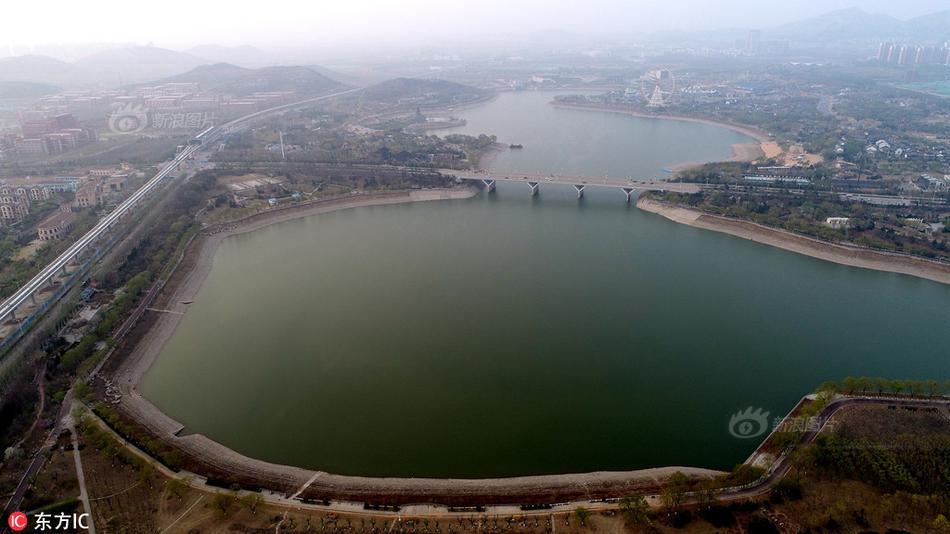 HS code-based KPI reporting for trade teams
HS code-based KPI reporting for trade teams
781.49MB
Check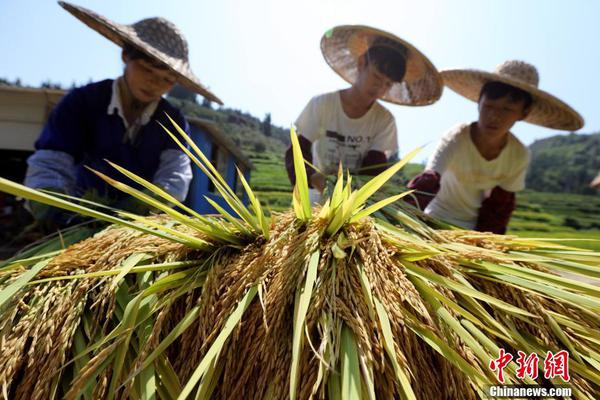 HS code alignment with trade strategies
HS code alignment with trade strategies
788.16MB
Check HS code variance across regions
HS code variance across regions
378.83MB
Check Export compliance automation
Export compliance automation
398.16MB
Check Predictive models for trade demand
Predictive models for trade demand
967.94MB
Check international trade insights
international trade insights
762.31MB
Check Global trade shipping route optimization
Global trade shipping route optimization
547.67MB
Check Food additives HS code classification
Food additives HS code classification
973.36MB
Check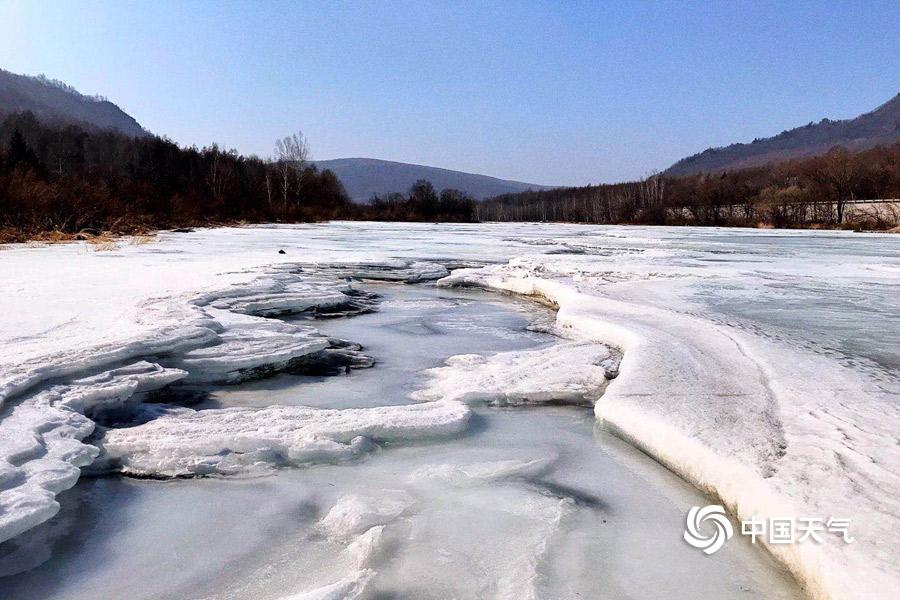 How to ensure transparency in supply chains
How to ensure transparency in supply chains
699.94MB
Check HS code-based invoice matching
HS code-based invoice matching
419.57MB
Check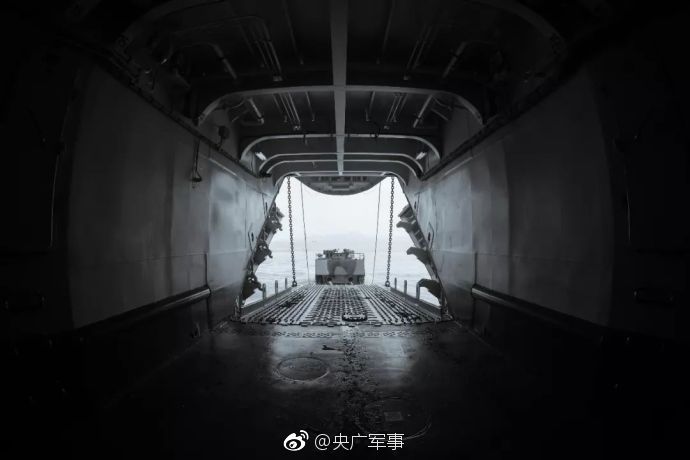 Global supply chain risk assessment
Global supply chain risk assessment
194.98MB
Check HS code strategy for African trade lanes
HS code strategy for African trade lanes
967.99MB
Check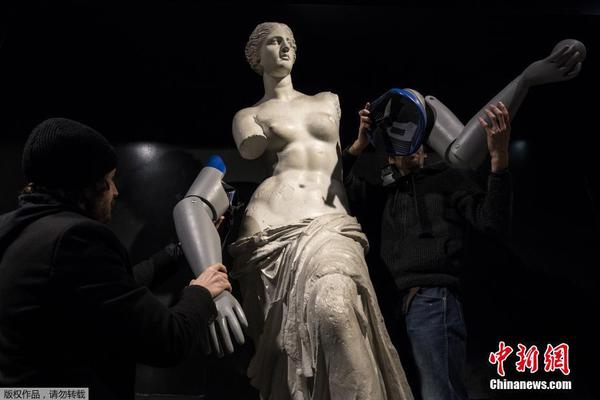 GCC countries HS code tariffs
GCC countries HS code tariffs
568.77MB
Check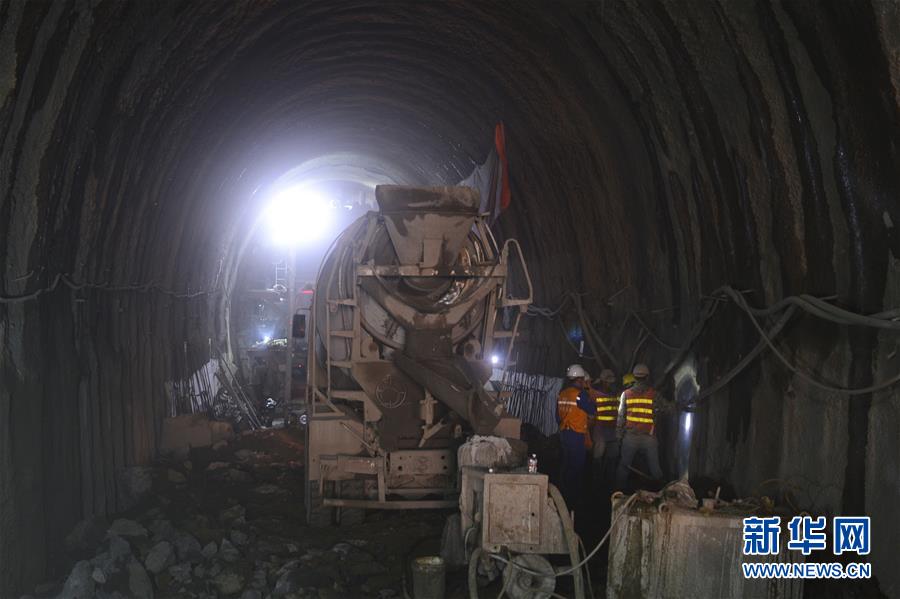 How to facilitate cross-border returns
How to facilitate cross-border returns
847.93MB
Check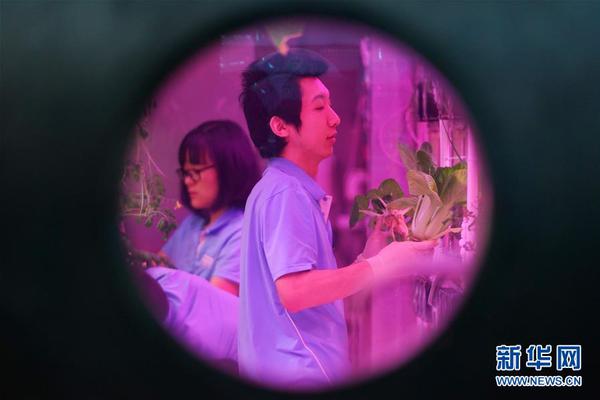 HS code-based KPI reporting for trade teams
HS code-based KPI reporting for trade teams
345.85MB
Check Leather goods HS code classification
Leather goods HS code classification
613.77MB
Check Livestock feed HS code references
Livestock feed HS code references
586.38MB
Check Pharma active ingredients HS code checks
Pharma active ingredients HS code checks
954.98MB
Check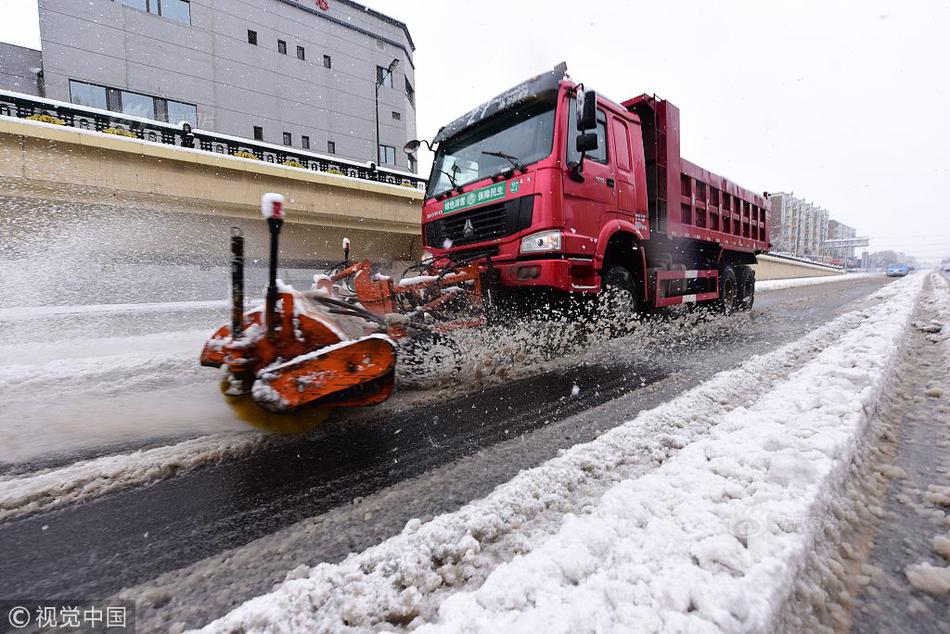 Global trade management software comparison
Global trade management software comparison
737.24MB
Check How to align trade data with demand planning
How to align trade data with demand planning
749.38MB
Check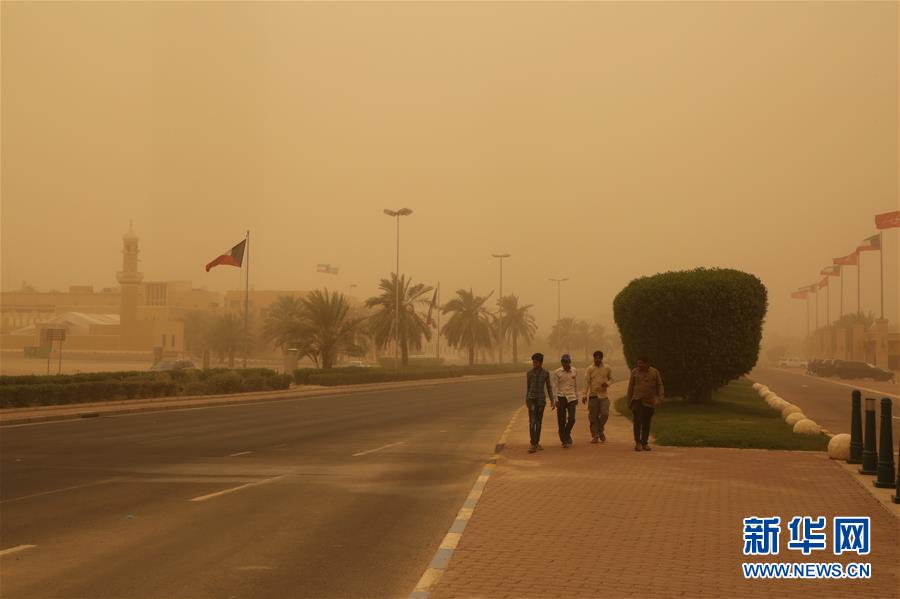 Heavy machinery parts HS code verification
Heavy machinery parts HS code verification
938.76MB
Check How to identify emerging market suppliers
How to identify emerging market suppliers
981.15MB
Check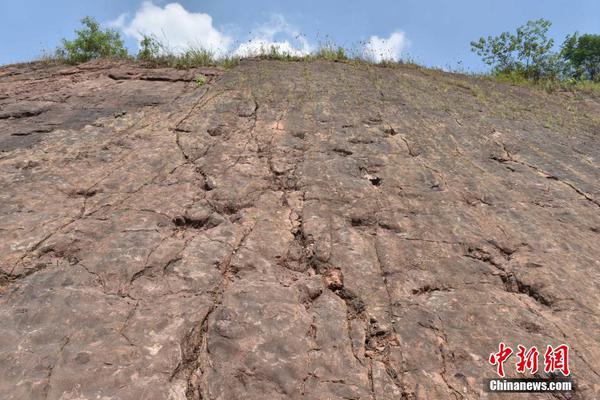 Global trade intelligence benchmarks
Global trade intelligence benchmarks
925.51MB
Check End-to-end shipment tracking solutions
End-to-end shipment tracking solutions
114.11MB
Check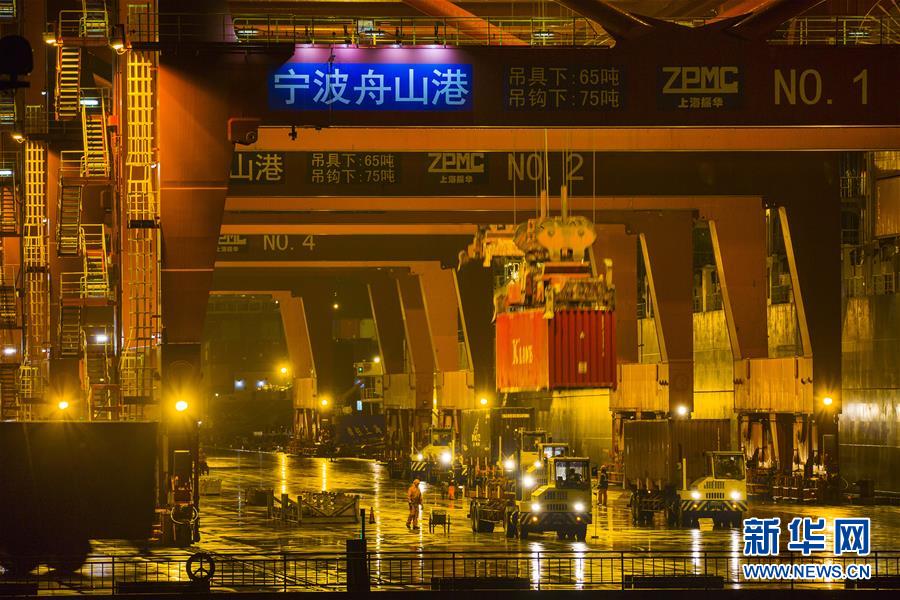 How to leverage data for export growth
How to leverage data for export growth
991.27MB
Check In-depth competitor trade route analysis
In-depth competitor trade route analysis
483.27MB
Check Precious metals HS code alignment
Precious metals HS code alignment
917.67MB
Check How to reduce transit time variability
How to reduce transit time variability
928.32MB
Check Real-time customs clearance alerts
Real-time customs clearance alerts
561.35MB
Check Food additives HS code classification
Food additives HS code classification
117.93MB
Check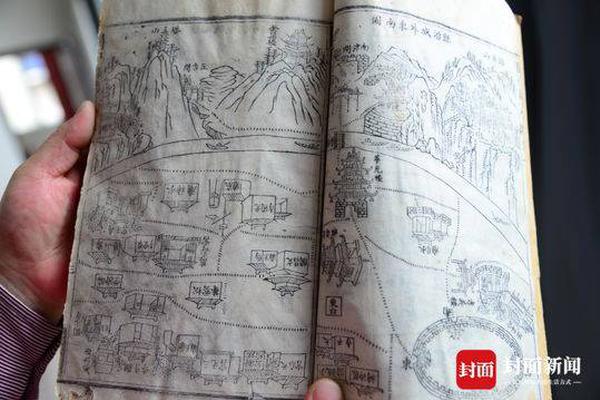 How to find reliable global suppliers
How to find reliable global suppliers
123.87MB
Check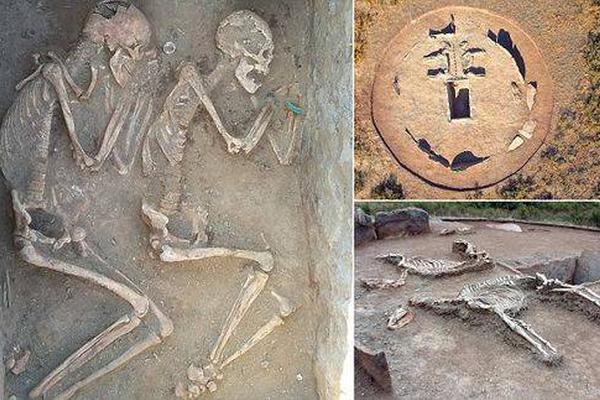 Global trade reporting frameworks
Global trade reporting frameworks
874.47MB
Check Top global trade data insights
Top global trade data insights
683.96MB
Check Industry-specific import regulation data
Industry-specific import regulation data
169.39MB
Check HS code-based warehousing strategies
HS code-based warehousing strategies
287.73MB
Check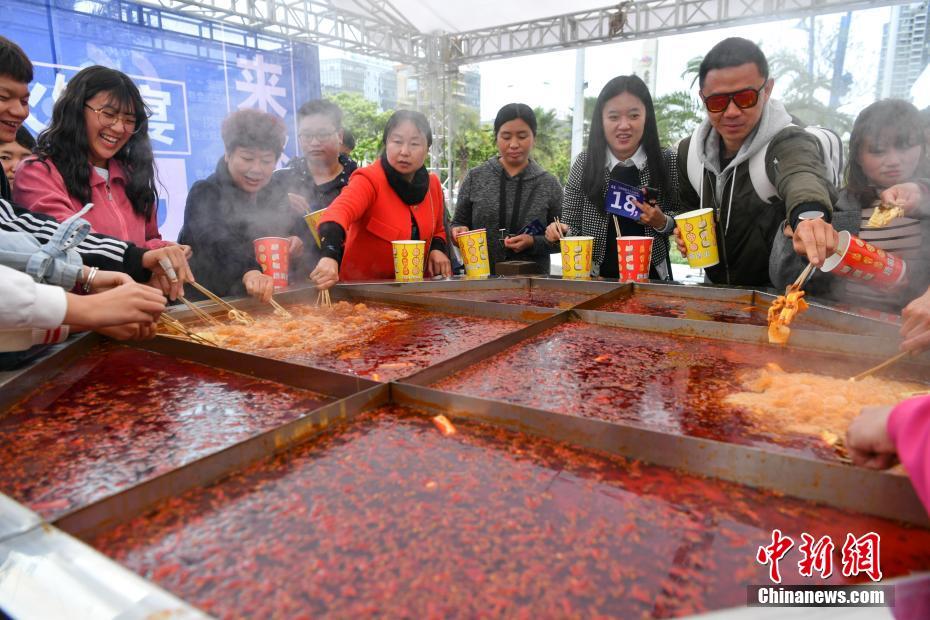
Scan to install
Import export cost optimization to discover more
Netizen comments More
1538 How to choose correct HS code in ASEAN
2024-12-24 02:16 recommend
372 HS code filtering for import risk
2024-12-24 02:05 recommend
2298 Global trade resource libraries
2024-12-24 02:03 recommend
1205 How to use trade data for pricing strategy
2024-12-24 01:27 recommend
1612 Comprehensive customs ruling database
2024-12-24 00:28 recommend